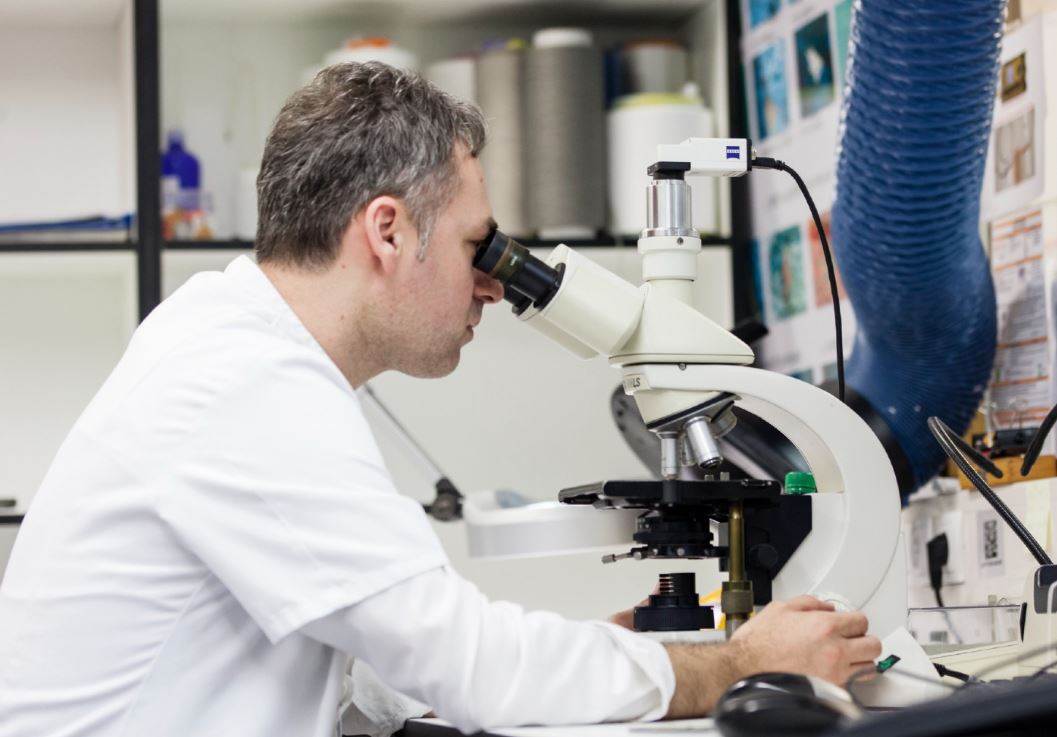Five years R&D for Aquafil’s microplastic standard
13/12/2023

The groups worked together for five years to establish a methodology to measure the microplastic footprint of a process or product and develop solutions for its reduction.
Aquafil claims ISO 4484-2:2023 is the first official standardised global method for the qualitative and quantitative determination of microplastics (including fibrous plastics) in solid, liquid or gaseous matrices coming from the textile sector.
Microplastics are small, plastic particles measuring less than five millimetres. The main industries at the highest risk of releasing microplastics are cosmetics, personal care, tires, paints and textiles.
In the textiles industry, risk factors include the type of fibre or yarn, the chemical and mechanical characteristics of the fibre, the construction of the fabric, the product’s reaction to maintenance, and the wear and aging of a product.
Aquafil said: “We encourage the textile industry to reduce their microplastic footprint through eco-design, selecting fibres and following production processes that will minimise the release of microplastics, based on our findings. ISO 4484-2 will also serve as a powerful legislative tool, guiding legislative powers to enact regulations and limitations within the textile value chain.”








